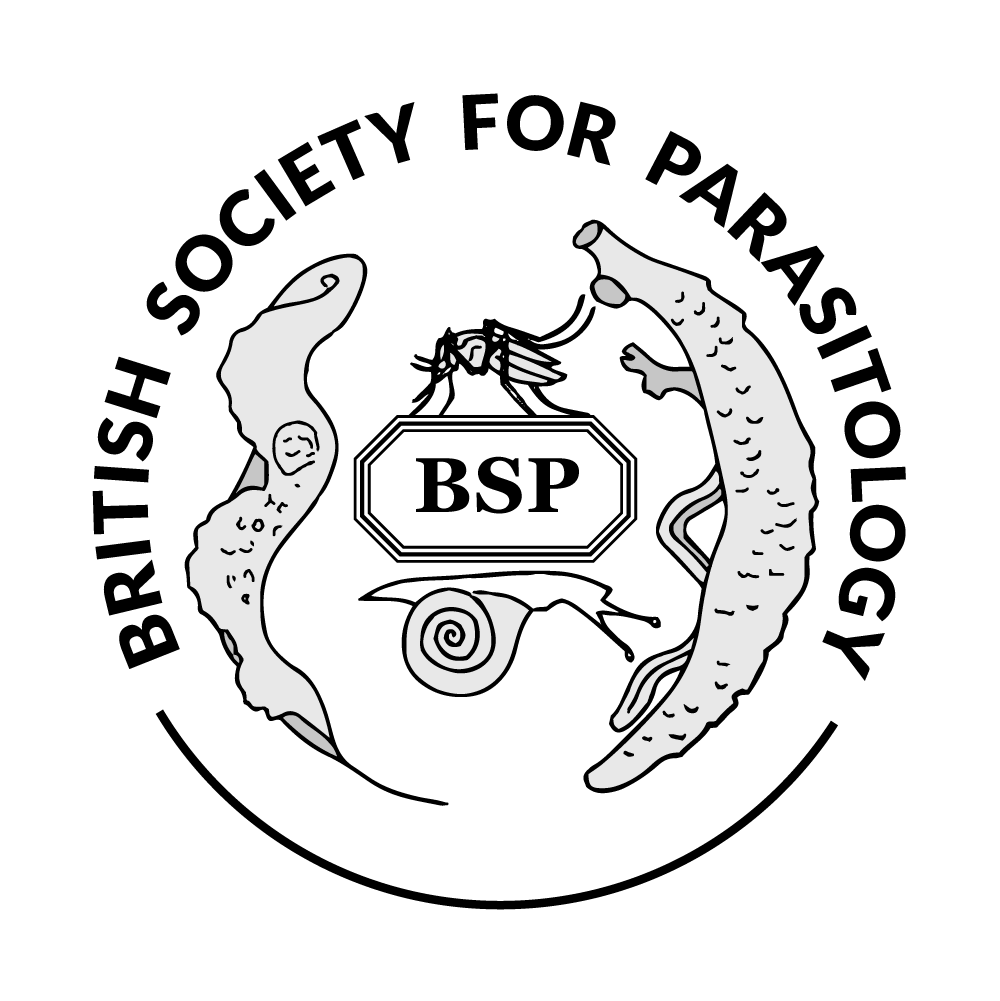Authors
S K Menzies1; A L Fraser1; E R Gould1; E F King1; L B Tulloch1; M K Zacharova1; G J Florence1; T K Smith1; 1 University of St Andrews Discussion
New drugs against trypanosomatid diseases are desperately needed due to the toxic nature of currently used drugs, and the increase of drug resistance. The acetogenins are a natural product family of potent Complex I inhibitors, however the analogues of chamuvarinin, an acetogenin first synthesized by our group, show high activity against bloodstream form Trypanosoma brucei, in which Complex I is not an essential protein. Using photo-affinity labeled (PAL) derivatives of chamuvarinin, we have begun to identify the protein target of these compounds in the parasites T. brucei, T. cruzi and L. major. Using fluorescent microscopy, we have shown that these compounds primarily target the mitochondrion of the trypanosomatids. Using mass spectrometry and specific pull-downs, we have identified that the protein target is the mitochondrial FOF1 ATP synthase, which is supported by protein modelling. The evidence produced using these PAL-labeled compounds supports our phenotypic assays, which indicate that ATP synthesis is the pathway involved in our compounds mode of action. 

